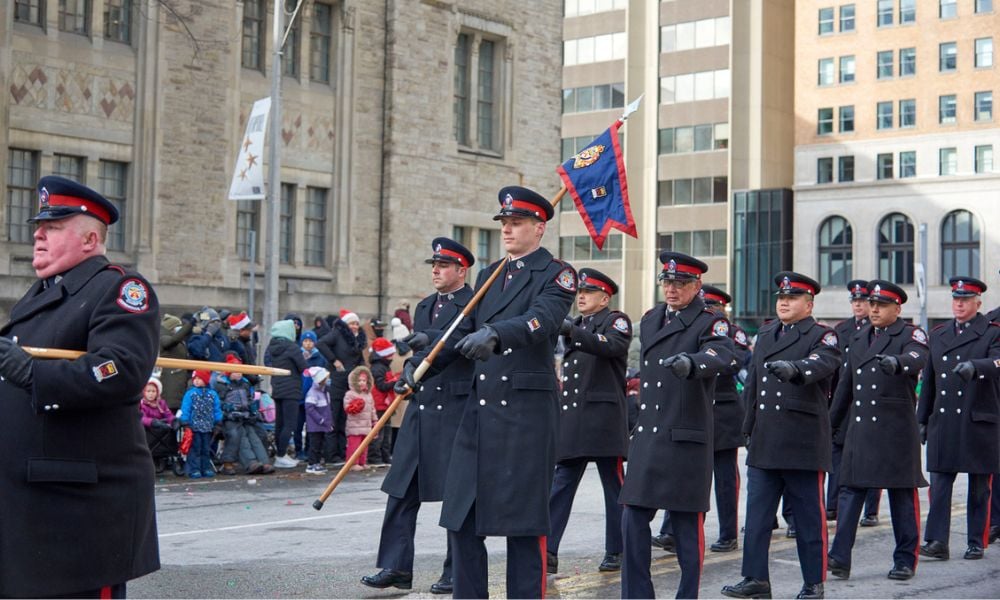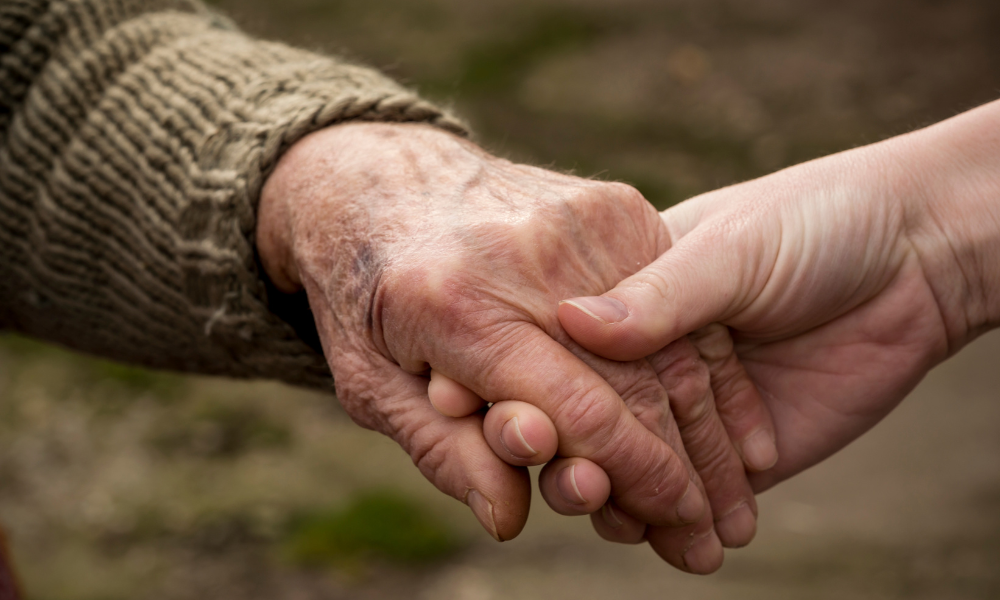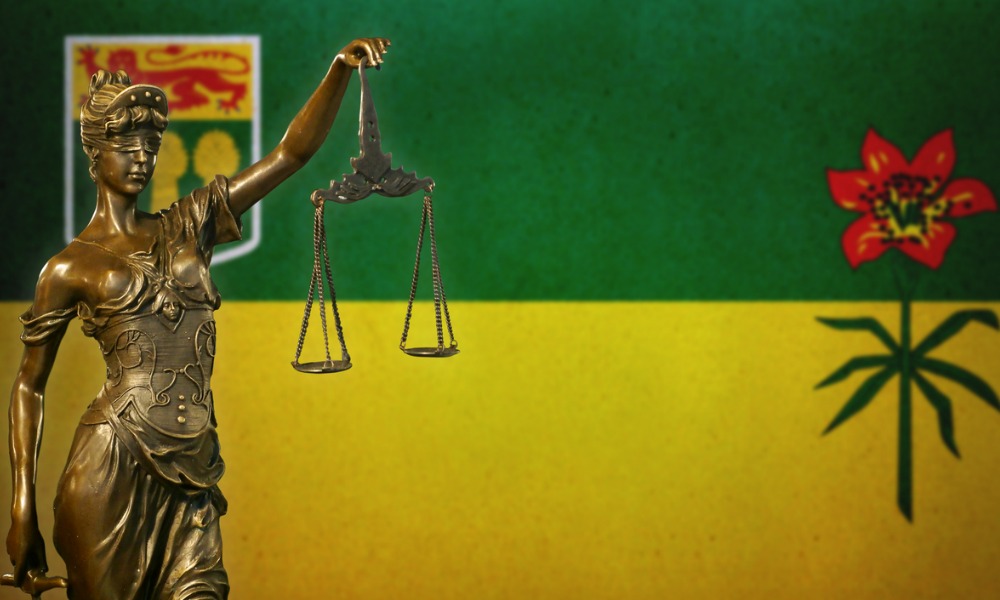We need constructive, evidence-based solutions to improve community relations

There is a growing narrative in which the police uniform, by itself, is harmful or shameful.
Narratives like these undermine our criminal justice system by delegitimizing police.
This narrative grew legs when the Ottawa-Carleton District School Board (OCDSB) made national headlines for telling a police officer that they had to leave their uniform behind if they wanted to present to a grade one class with other “community helpers.” The incident arose, in part, from a report that found that uniformed police officers make some students feel unsafe.
Trust between the community and police is essential if we want people to report crime and the police to investigate it. We can’t build that trust if we teach children that the uniform is something they should fear, which is precisely what we teach children when we prohibit police uniforms in schools. Police uniforms should be welcome everywhere in the community.
Outside of the classroom, uniformed police officers need to be able to meet with victims of crime, take voluntary statements from witnesses, collaborate with adults who help young people, and do all sorts of other things to prevent and investigate crime. These police officers must be able to provide direction at crime scenes, perform traffic stops, and gather evidence for court.
In short, police need legitimacy to get cooperation from the public and do their work.
Effective and professional law enforcement is a pillar of the rule of law. The World Justice Project’s annual Rule of Law Index recognizes as much when it weighs many of the functions performed by police in Canada, either in whole or in part, and compares those against other countries. Criminal investigations, regulatory enforcement, crime control, and protection from civil conflict are only some measured factors, but Canada does very well. Despite having room for improvement, Canada ranks ahead of the United States on most or all those factors.
Police bring criminals and evidence into the criminal justice system. Likewise, good police work is essential to a sound criminal justice system. Blocking the police uniform from schools is an extreme solution that exacerbates the legitimate fear that some people, including children, have of police.
By banning the uniform, we are telling students that whatever their past experiences with police, they can expect future ones to be negative. Instead of mitigating a potential fear of police, it encourages more young people to fear police. These fears undermine police legitimacy and make public cooperation more challenging to earn.
We can’t and shouldn’t ignore the human dimension to this, either. Our public institutions are built on the backs of good people who want to serve, and policing is no different. What will our institutions become if good people don’t want to serve anymore? Debates like this wear on officer morale, which is suffering across Canada. Agencies across Canada are struggling with recruiting and retention. Good, individual police officers who do honourable work daily are being tarred with the same brush as police officers who aren’t and don’t.
What should we do if some young students feel unsafe around police and their uniforms?
For starters, banning police uniforms in schools won’t fix anything. It is a reality that many young people – whether they are afraid of police uniforms – will become drivers, victims of or witnesses to crime, or even accused persons. They’ll meet a uniformed police officer. We’re doing these children more harm than good by reinforcing a belief that the police uniform is something to fear in Canada.
Instead of banning police uniforms, schools should be working together with police. We need constructive, evidence-based solutions to include police uniforms in schools safely. For example, Vancouver is already trying things like using alternative uniforms in schools. Vancouver’s solution won’t be suitable for everyone, but it represents a much more constructive compromise in the conversation, something much more reasonable than an all-out ban.
Public interest, engagement, and involvement are essential to the success of all our democratic institutions. Policing is no different. Police boards and commissions need public input and are designed to keep police at arms-length from politics. Ideological, knee-jerk decisions like the one to keep uniforms out of schools unnecessarily politicize policing and the uniform.
The police uniform is as much a symbol of our criminal justice system as barrister’s tabs are. Unlike tabs, though, police uniforms must be worn in the community to be effective. They also have a practical purpose. We need to find better ways to make students feel safe in the classroom than by pretending police uniforms or police officers don’t exist.
The opinions expressed by the author are his alone and not necessarily the views, representations, or positions of his past or present employers or clients.











